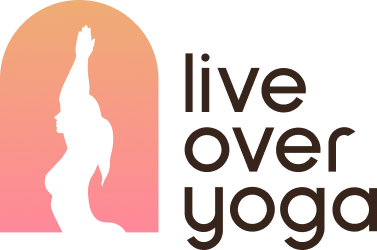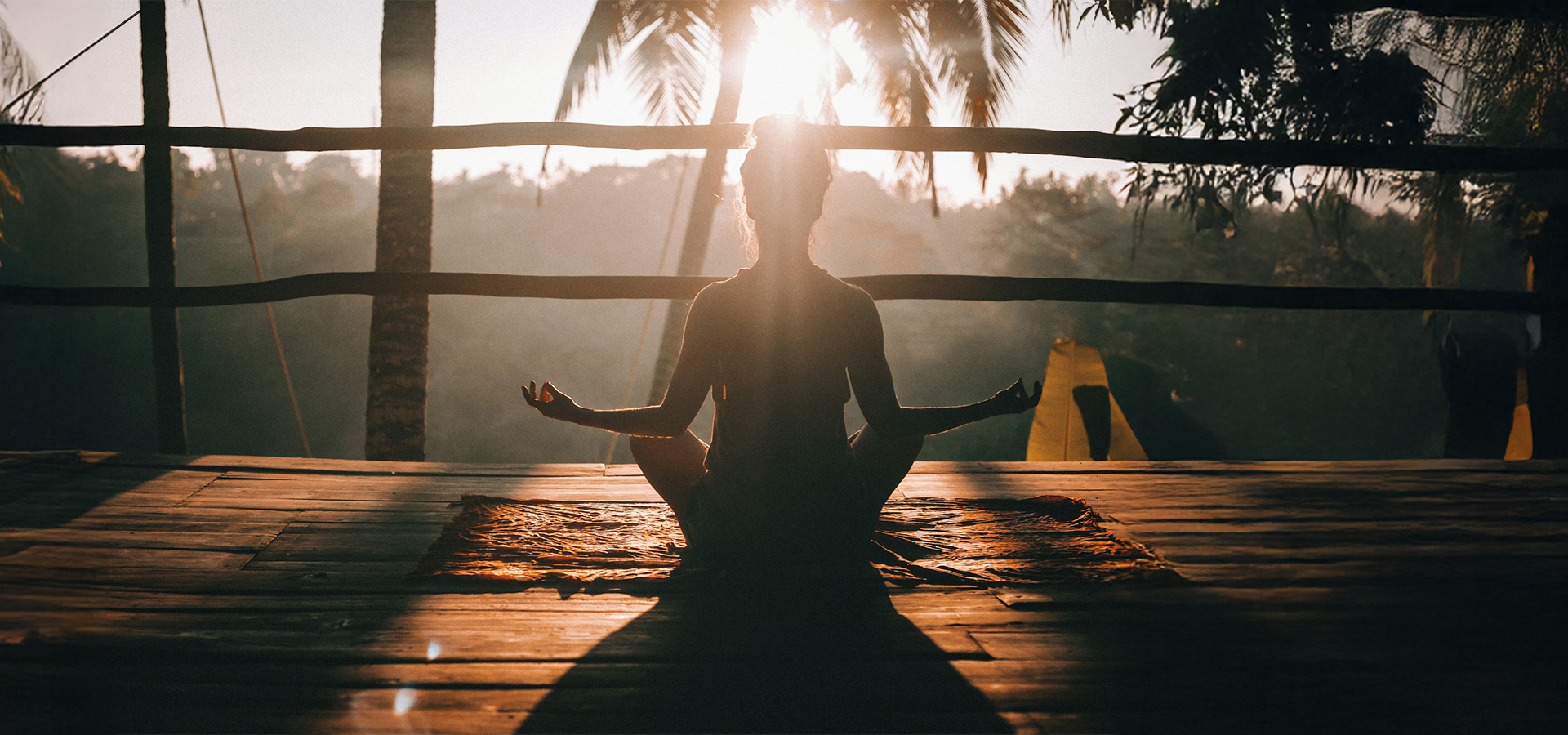
Yoga can be practiced at any time of day, but when you roll out your mat, does it matter whether the sun is rising or setting? The answer depends on your goals, your energy, and your lifestyle. Both morning and evening yoga offer unique physical and mental benefits, and understanding them can help you build a practice that truly works for you.
Let’s explore how your yoga timing can shape your day, your mood, and even your sleep.
Why Time of Day Matters
Yoga isn’t just about stretching or strength — it’s also about rhythm. Our bodies and minds move through natural cycles throughout the day, and your practice can either energize or calm you depending on when and how you do it.
Practicing yoga in the morning often sets a tone of focus, presence, and momentum.
Evening yoga, on the other hand, is about slowing down, letting go, and rebalancing after a busy day.
There’s no single right choice — but there is a right choice for you. Let’s look at the strengths of each.
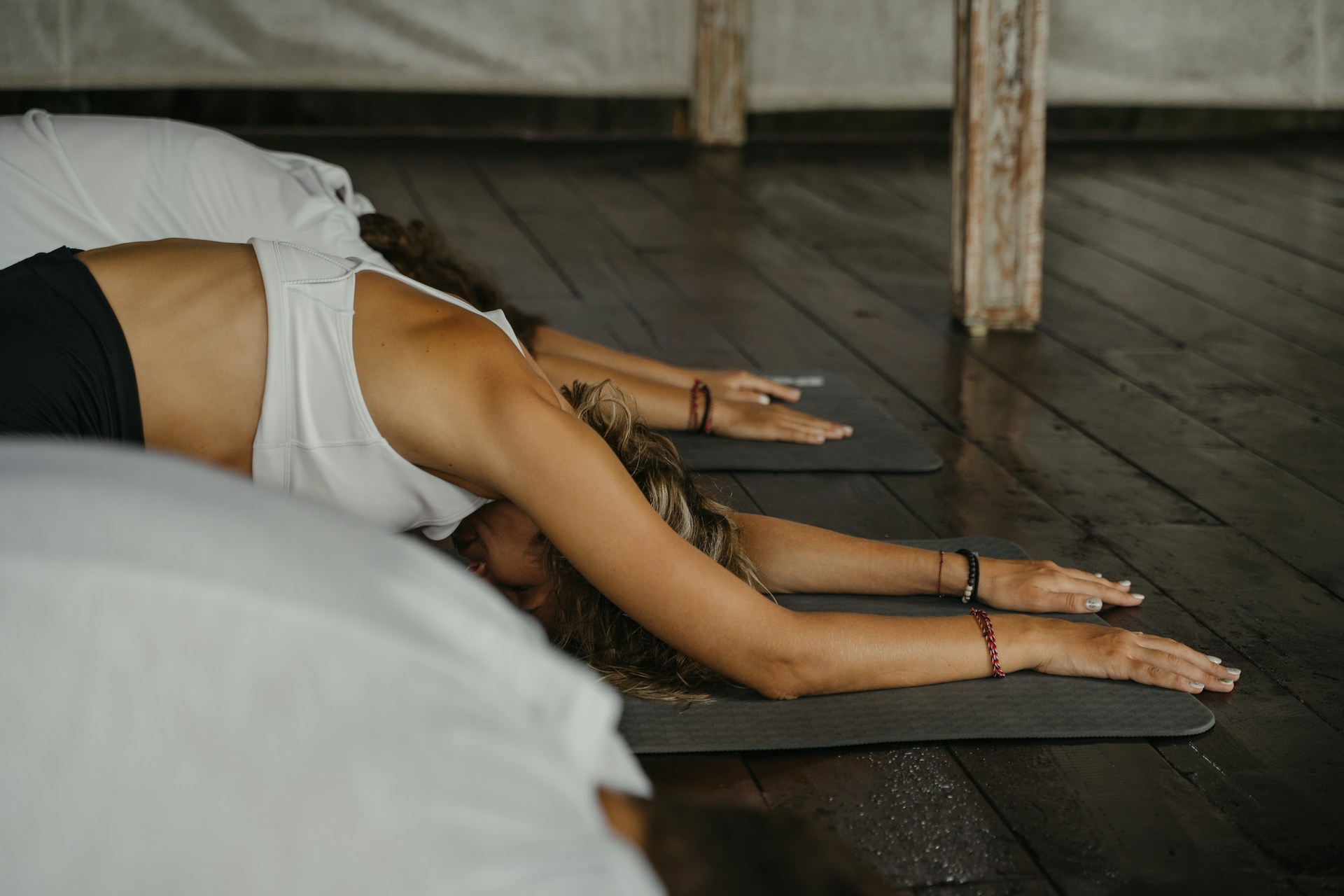
The Power of Morning Yoga
If you’re someone who hits the snooze button three times, the idea of early movement might sound impossible — but hear us out.
Benefits of a Morning Practice:
- Boosts Energy Naturally
Instead of reaching for caffeine, you start the day with deep breaths and movement that activates your body from within. - Sets a Positive Tone
A short practice in the morning can influence your mindset for the entire day. You move with more intention, calm, and focus. - Creates a Healthy Routine
Morning yoga tends to be more consistent because fewer unexpected things can “get in the way.” - Supports Digestion & Circulation
Gentle twists, stretches, and sun salutations wake up your internal systems and improve flow.
The Benefits of Evening Yoga
After a long day of work, family responsibilities, or screen time, your body and mind need release — not another rush. Evening yoga invites you to soften, unwind, and reconnect with yourself before bed.
Benefits of an Evening Practice:
- Relieves Physical Tension
Sitting, standing, commuting — it all builds tension in the shoulders, hips, and back. Evening yoga helps release that buildup. - Eases Mental Stress
Gentle flows and deep breathing help transition your nervous system from “go mode” to rest and recovery. - Improves Sleep Quality
A calming yoga session can lower cortisol levels and signal to your body that it’s time to wind down.
Acts as an Emotional Reset
Whatever happened during your day, your mat becomes a space to process, release, and begin again.
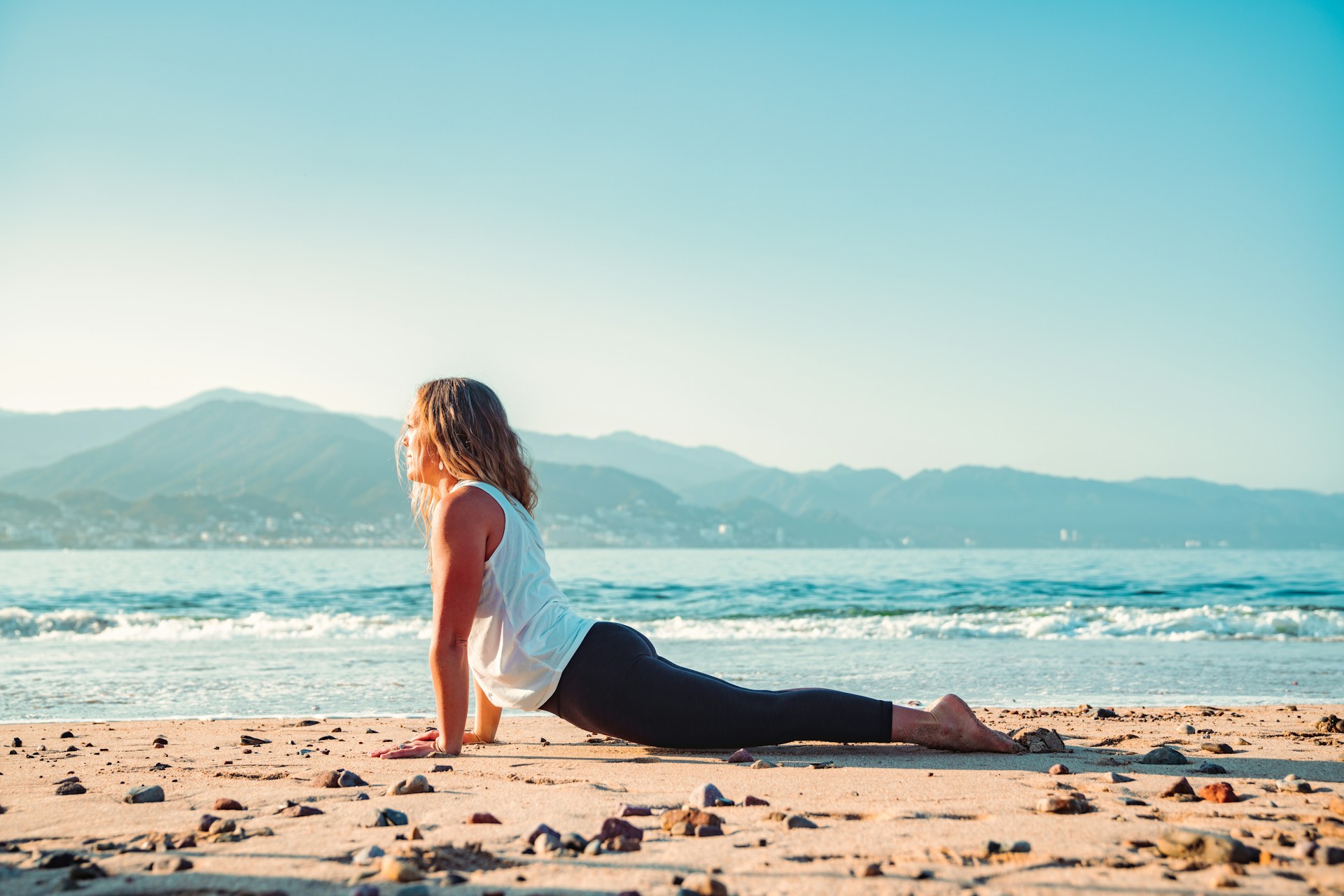
What If You Can’t Choose? Do Both.
The beauty of yoga is its adaptability. Some days your body may crave movement in the morning, while other days it may need softness at night. You don’t have to choose one time and stick to it rigidly — you can shift your practice depending on how you feel.
Try energizing flows like sun salutations or vinyasa in the morning to awaken your body and clear your mind. In the evening, choose grounding styles like yin, restorative, or deep stretching to melt away the day’s tension.
Use short PDF yoga guides from LiveOverYoga to tailor your practice to the time of day. Mix and match depending on your schedule, energy, and mood — without overthinking it.
Finding Your Best Time to Practice
Forget the “perfect” schedule. The best time to do yoga is the time you’ll actually do it — consistently, with presence and care. Here’s how to find your flow:
1. Start by testing both
Try a few short sessions in the morning and evening over a week. Track how you feel afterward — physically, emotionally, and mentally.
2. Notice your energy rhythms
Are you more focused early in the day or do you feel your body relax only after sunset? Your natural rhythm matters more than any rule.
3. Don’t aim for perfection
Some days you’ll skip it. Some days it’ll be five minutes. That’s okay. Yoga meets you where you are, not where you “should” be.
Sample Routines to Try
Morning Flow (15–20 minutes):
- Gentle seated breathing (2 min)
- Cat-cow stretches (2 min)
- Sun Salutation A x3
- Warrior II + Triangle Pose
- Forward fold + seated twist
- Closing breathwork
Evening Flow (10–15 minutes):
- Child’s Pose + Sway Side to Side
- Seated forward fold
- Supine spinal twist
- Legs up the wall
- Body scan or short meditation
All of these flows are available as visual PDF guides in our curated collections.
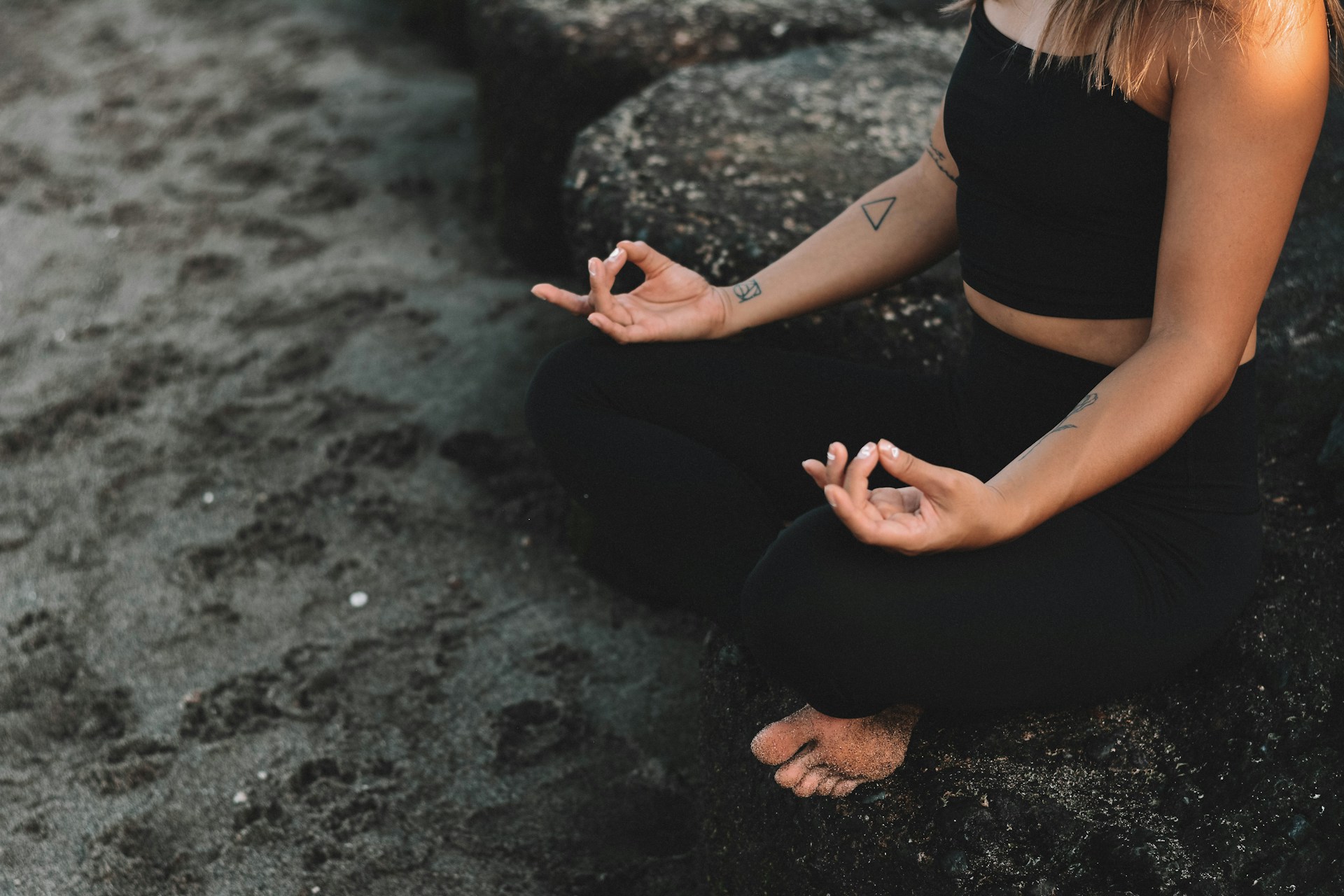
Final Thoughts
Whether you’re a sunrise soul or a moonlight mover, yoga has something to offer you — at any hour. The key is consistency, not clock time. The more you show up with awareness, the more yoga becomes part of your rhythm, not just a to-do.
